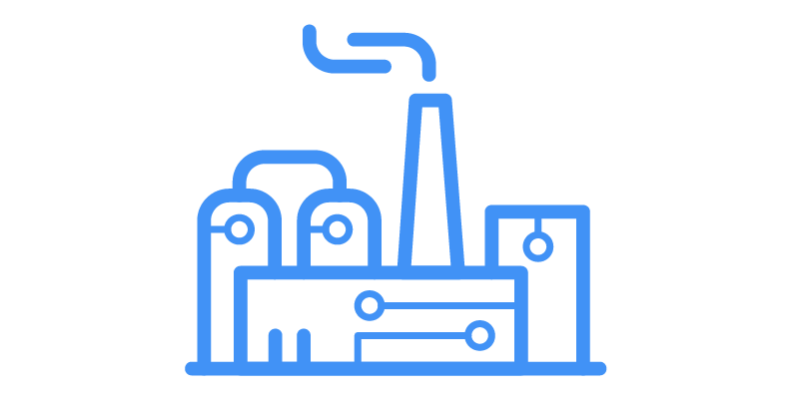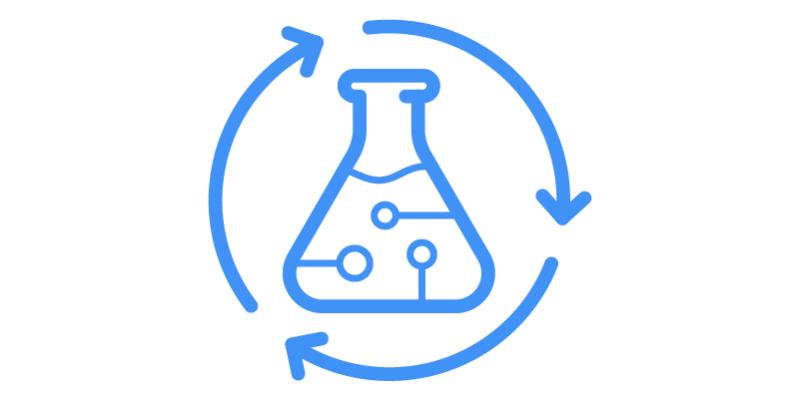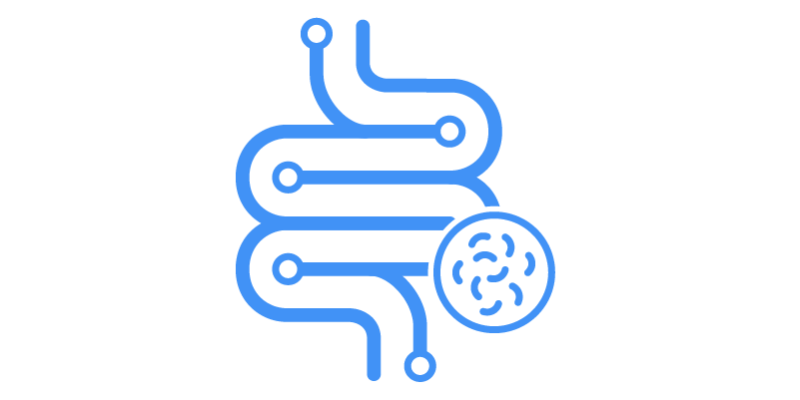Engineering the strains, rapidly.
Problem description
Metabolic engineering enables efficient development of microbial strains for the production of biochemicals and bio-based materials by re-routing cellular fluxes. The increasing availability of biological data as well as high-throughput strain construction and screening workflows provide unique opportunities to speed-up the metabolic engineering process using machine learning approaches.
In fact, recently, multiple machine learning methods have been developed to support several of the major steps in metabolic engineering. With respect to the problem, three technological research trends were identified, where the key challenge is defined as: “Can we combine these technologies with advanced modeling approaches to strengthen metabolic engineering workflows?”:
- Metabolic flux optimization: machine learning methods for efficient exploration of combinatorial pathway optimization and bioprocess optimization. In addition, selection/design of genetic parts (e.g., gene variants) or genome wide host optimization.
- Optimization of genome engineering tools: how can machine learning methods help to improve genome engineering tools: e.g., increase editing efficiencies, reduce off-target effects?
- Development of ultra-HT screening approaches: machine learning based interpretation of ultra-high throughput screening data (e.g. FACS, imaging) to improve selection and, or strain diagnostics.
References
-
Jaxkineticmodel: Neural ordinary differential equations inspired parameterization of kinetic models, 2025
-
Simulated Design-Build-Test-Learn Cycles for Consistent Comparison of Machine Learning Methods in Metabolic Eng., 2023
-
Systems metabolic engineering strategies: integrating systems and synthetic biology with metabolic engineering
-
Machine learning applications in systems metabolic engineering
-
WEBINAR: Engineering Cellular Metabolism using Machine Learning
-
WEBINAR: Helix engineering: combining the power of 3DM with AI to disrupt protein engineering
-
WEBINAR: End-to-end experimental and machine learning workflows for predictive genetic design
Goal
To determine how AI/ML methods can support efficient exploration of a large solution space for (iterative) strain improvement. Further, to demonstrate the added value of such AI methods based on test-cases applying to multiple iterative rounds of strain improvement for a relevant case for producing a food, feed or nutritional ingredient at industrial scale.











